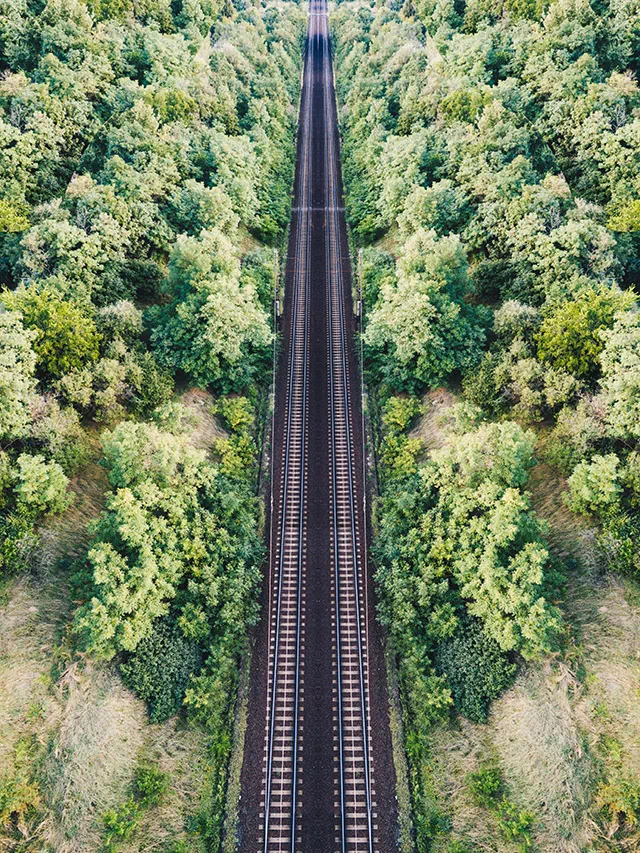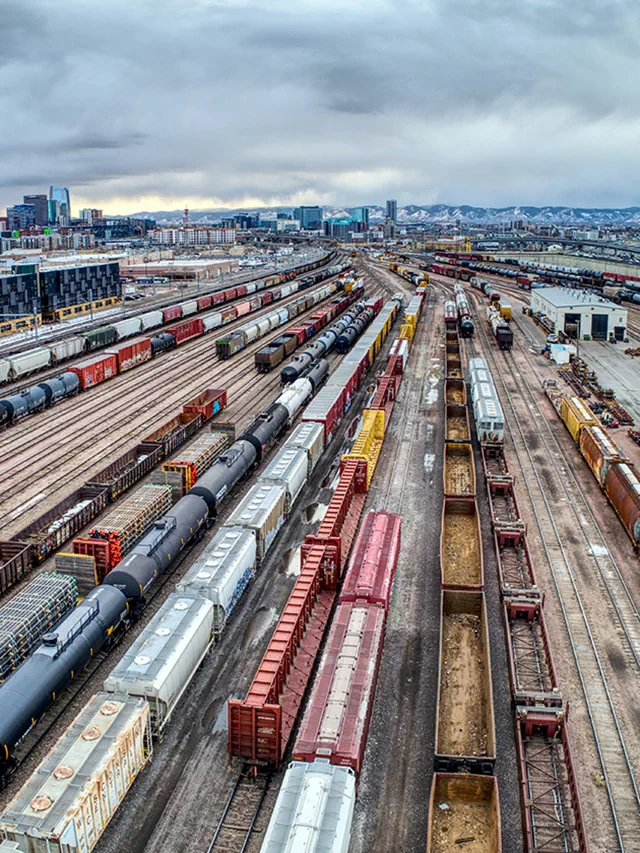The railway line was built by the British East India Company and was primarily used for transporting goods.
In 1869, the first passenger train in the Indian subcontinent ran between Howrah and Hooghly in present-day West Bengal. Over the next few decades, the railway network in India expanded rapidly, with the British government investing heavily in the infrastructure.
Indian Railways has undergone significant changes and developments throughout its history. One of the major milestones was the nationalization of the railways in 1951, which brought all private railway companies under government control and helped to unify the rail system.
In the 1960s and 1970s, the Indian government began to invest in the modernization and expansion of the railway network, with a focus on increasing the efficiency and safety of train operations. This led to the introduction of new technologies and the construction of new rail lines, including the Konkan Railway, which connects Mumbai to Mangalore.
In recent years, Indian Railways has continued to modernize and expand its services. This includes the introduction of high-speed trains, such as the Gatimaan Express and the Vande Bharat Express, and the development of dedicated freight corridors, such as the Eastern and Western Dedicated Freight Corridors.

Indian Railways: A Look at the History and Evolution of One of the World’s Largest Railway Systems
The Indian Railways is also working on multiple projects like implementing the use of Artificial Intelligence, Internet of Things, and other advanced technologies to improve its services and operations. Moreover the Indian government is also focusing on the privatization of some trains and stations to improve the efficiency and customer experience.
Overall, Indian Railways has a rich history and continues to play an important role in the development and connectivity of India, with a commitment to modernizing and improving its services for the benefit of all Indians.
The history of Indian Railways dates back to the mid-19th century, when the first passenger train in India ran between Bori Bunder (now Chhatrapati Shivaji Maharaj Terminus) in Bombay and Thane, covering a distance of 34 km. The railway line was built by the British East India Company and was primarily used for transporting goods. In 1869, the first passenger train in the Indian subcontinent ran between Howrah and Hooghly in present-day West Bengal. Over the next few decades, the railway network in India expanded rapidly, with the British government investing heavily in the infrastructure. After India gained independence in 1947, the Indian Railways became a state-owned enterprise. Since then, it has continued to expand and modernize and is now one of the largest railway systems in the world, with over 67,000 km of track and more than 7,000 stations.
In the post-independence era, Indian Railways focused on expanding its network, building new lines and increasing the efficiency of train operations. One of the major milestones was the nationalization of the railways in 1951, which brought all private railway companies under government control and helped to unify the rail system.
In the 1960s and 1970s, the Indian government invested heavily in the modernization and expansion of the railway network. This included the introduction of new technologies such as diesel and electric locomotives, and the construction of new rail lines, such as the Konkan Railway which connects Mumbai to Mangalore.
In recent years, Indian Railways has continued to modernize and expand its services. This includes the introduction of high-speed trains such as the Gatimaan Express and the Vande Bharat Express, and the development of dedicated freight corridors, such as the Eastern and Western Dedicated Freight Corridors.
The Indian government is also focusing on the privatization of some trains and stations to improve efficiency and customer experience. Indian Railways is also working on implementing the use of Artificial Intelligence, Internet of Things, and other advanced technologies to improve its services and operations.
Overall, Indian Railways has a rich history and continues to play a vital role in the development and connectivity of India. With a commitment to modernizing and improving its services, Indian Railways is well-positioned to continue to serve the needs of the nation for many years to come.


